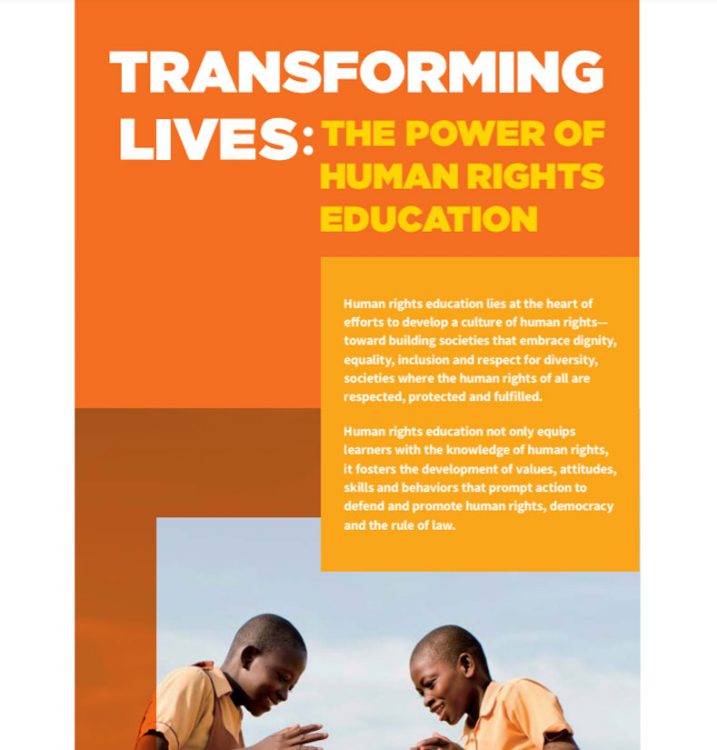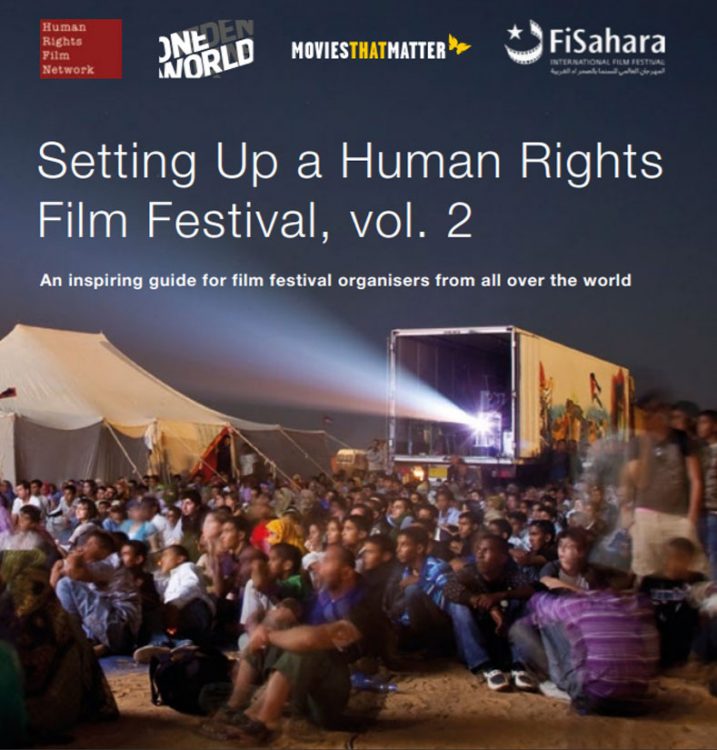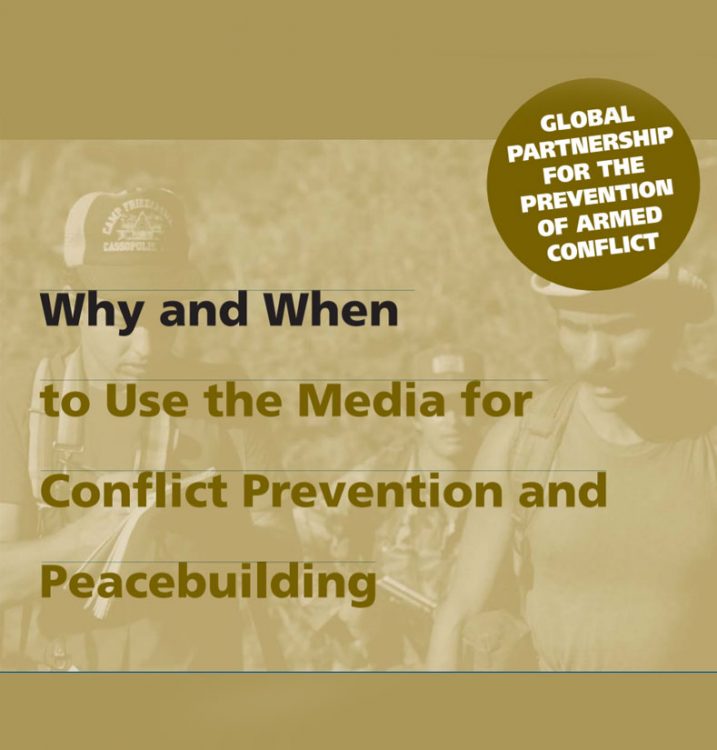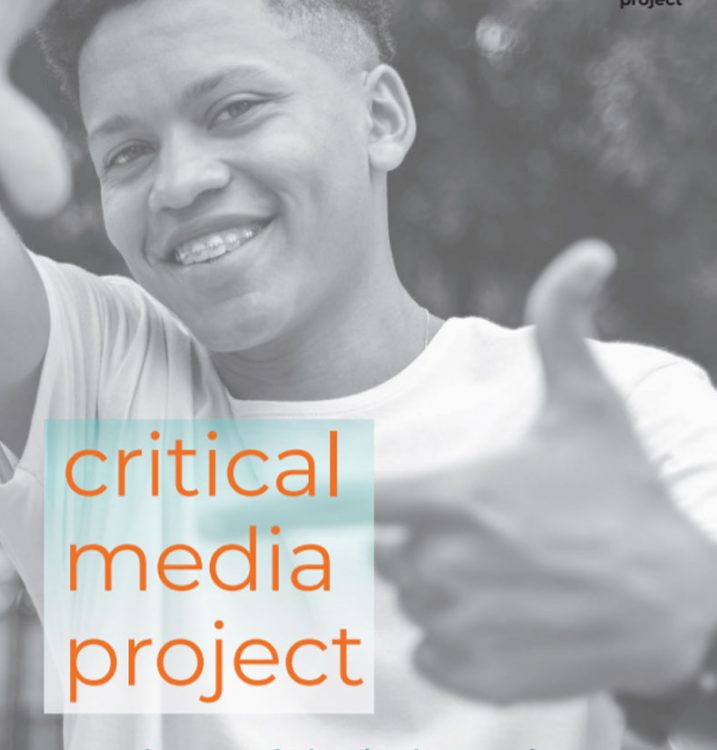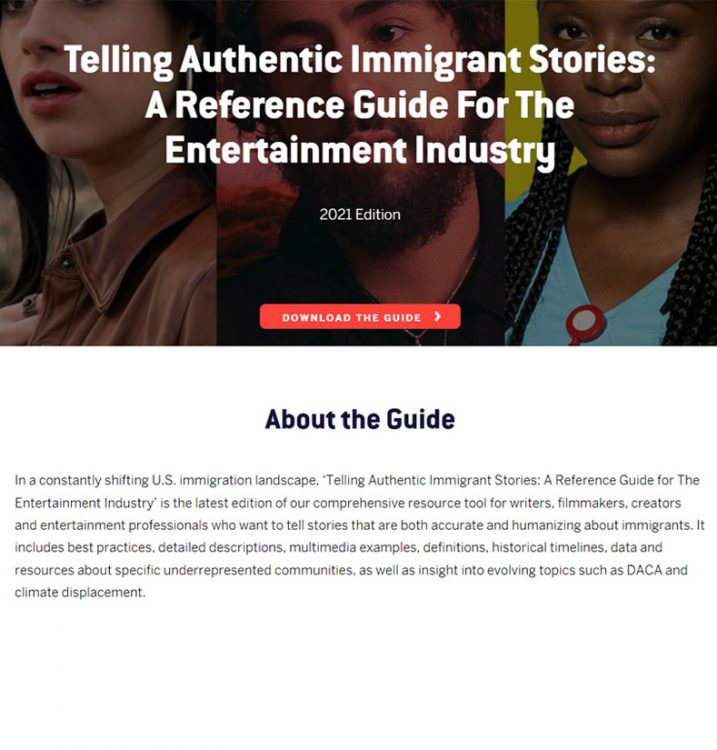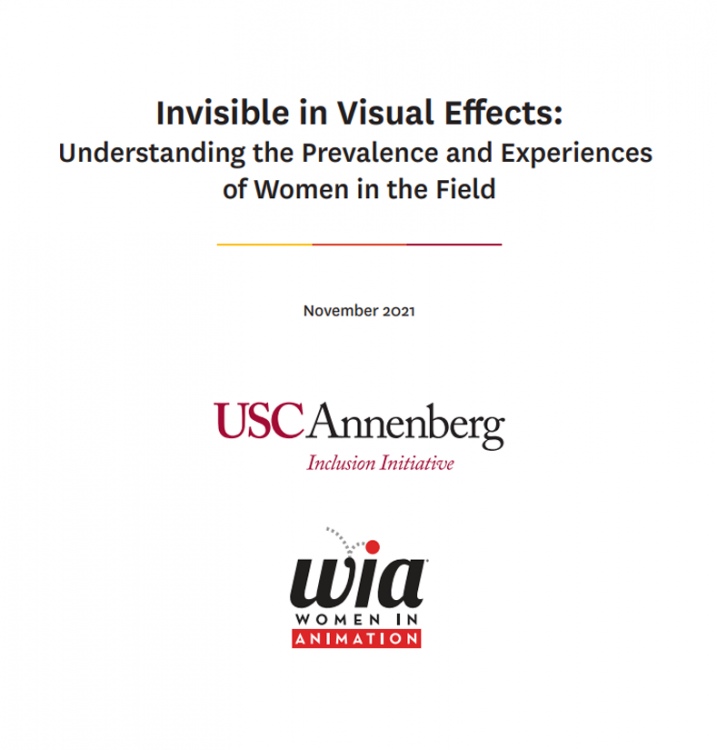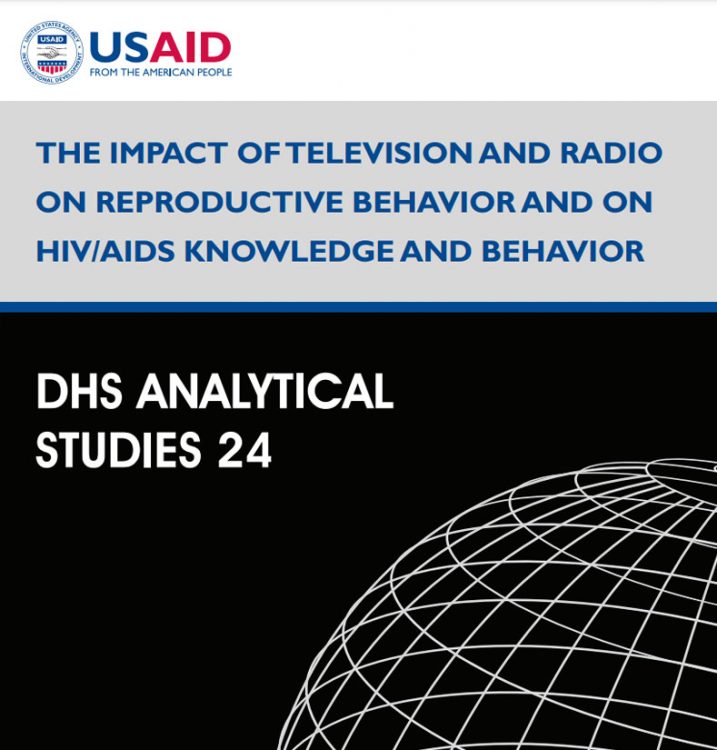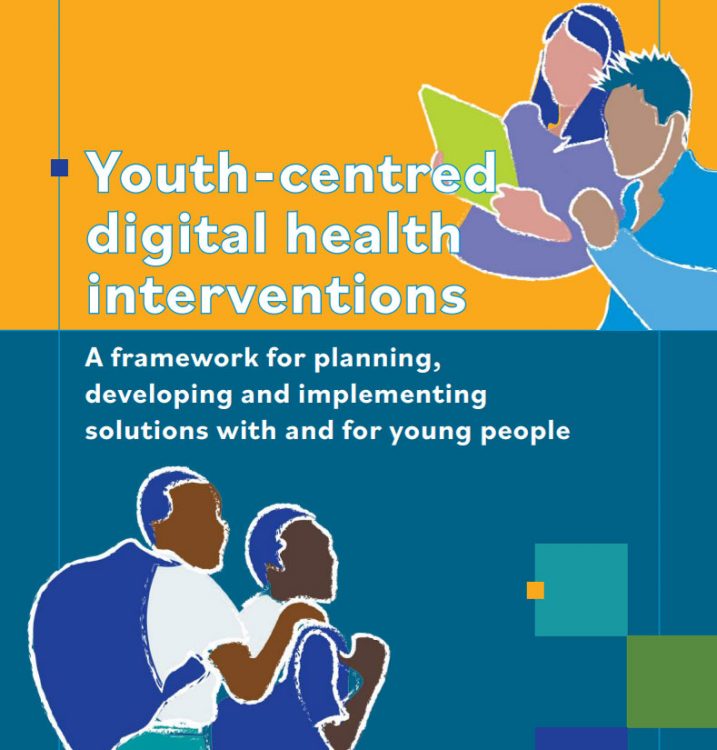November 24, 2021
Human rights education lies at the heart of eforts to develop a culture of human rights— toward building societies that embrace dignity, equality, inclusion and respect for diversity, societies where the human rights of all are respected, protected and fulfilled.
Human rights education not only equips learners with the knowledge of human rights, it fosters the development of values, attitudes, skills and behaviors that prompt action to defend and promote human rights, democracy and the rule of law.


